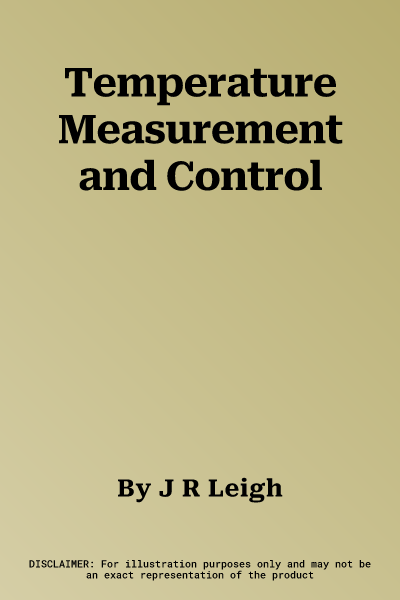The temperature on earth varies over a wide range whereas man can only
work comfortably in a quite narrow temperature range that has to be
artificially maintained. In addition, many industries have extensive
requirements for temperature control. Thus control engineers are called
upon very frequently to design temperature control loops.
A general knowledge of control engineering is of course useful in
designing temperature control loops.However, temperature control has
some special features:
- (i) asymmetries caused by the usually differing mechanisms of
heating and cooling
- (ii) complex nonlinear heat-transfer effects
- (iii) highly application-dependent measurement problems.
The intention of this book is to treat the theory and practice of
temperature measurement and control, and important related topics such
as energy management and air pollution, at a level suitable for
engineering and science undergraduate and postgraduate students, and in
a manner designed to make the book valuable to practising engineers.
There are no specific prerequisites for the book although a knowledge of
elementary control theory could be useful.
The philosophy of the book is a compromise between fundamentals and
practical guidelines. It is the author's firm belief that it is highly
desirable to obtain a good insight into theoretical fundamentals (deeper
than can be justified on grounds of immediate utility) before embarking
on practical applications. The aim has been to produce a practically
oriented text within a firm theoretical outline.
The first half of the book is an application oriented survey of
temperature measurement techniques and devices. The second half is
concerned mainly with temperature control in both simple and complex
situations. There are chapters on heat sources, commercially available
controllers, temperature control in buildings and energy conservation.
The book ends with an appendix that rapidly surveys the underpinning
thermodynamic theory.

